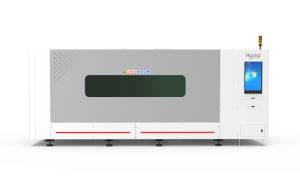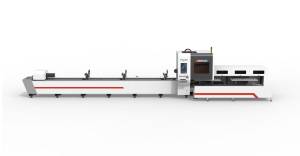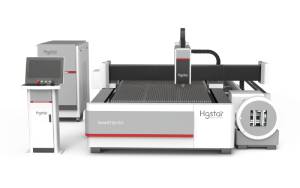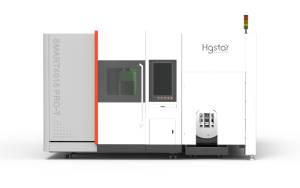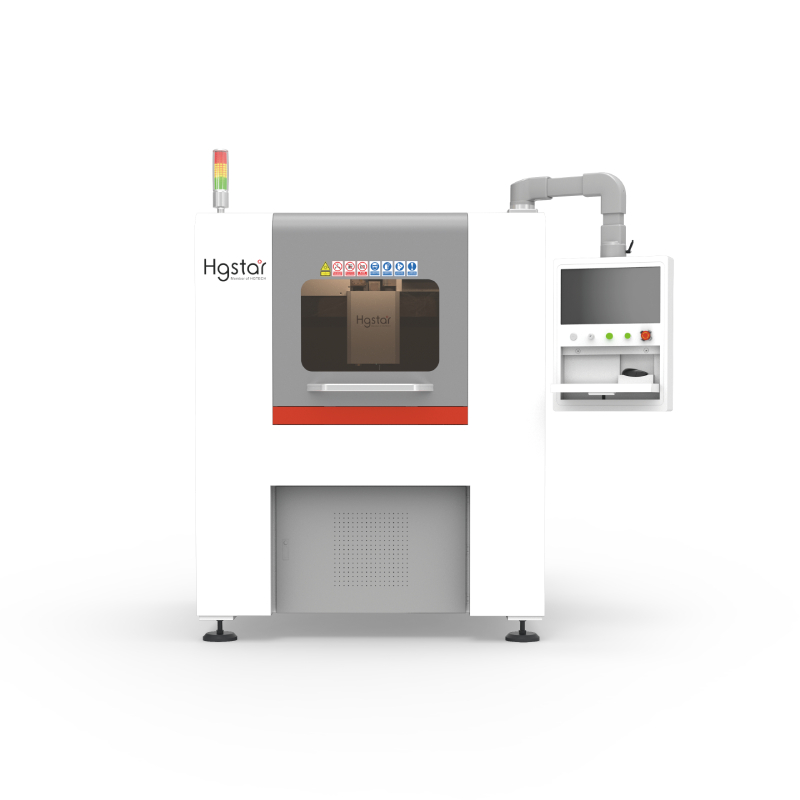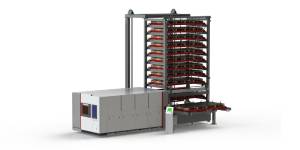Projects
Application of Laser Welding Technology in Industrial Automation Manufacturing
Laser processing technology, as a non-contact processing technology, has gradually become an indispensable process in the industrial manufacturing field in recent years due to its advantages of fast production efficiency, good product quality, high processing accuracy, and wide application range.
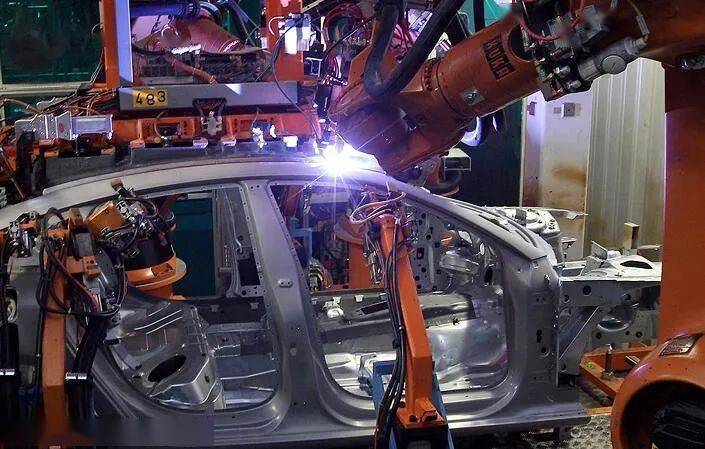
Laser processing technology can currently be divided into two categories: laser cutting and laser welding. This article mainly explains the application of laser welding technology in industrial automation manufacturing.
Application advantages of industrial automation laser welding equipment:
- Concentrated energy, high welding efficiency, high machining accuracy, and large weld depth to width ratio. The laser beam is easy to focus, compatible with more irregular workpieces, and not limited to the working environment.
- The heat input is small, the Heat-affected zone is small, and the residual stress and deformation of the workpiece are small. The welding energy can be accurately controlled, the welding effect is stable, and the welding appearance is good.
- Non contact welding, optical fiber transmission, good reachability, high degree of automation. When welding thin materials or thin diameter pipes, there will be no reflow problem like arc welding.
- It can provide high-strength welding for various material combinations, especially when welding between copper and aluminum materials. This is currently one of the few technologies that can weld electroplated nickel onto copper materials.
With the rapid development of high-tech and the increasing development of various new technologies, industrial robots are often used for operations in industrial manufacturing. The advantages of industrial robots in the industrial field are very obvious, which can work continuously 24 hours a day, with high accuracy and can work in some extreme environments. When laser welding technology is combined with industrial robots, a new robot laser welding process is integrated, changing the limitations of traditional laser processing and making the development of the industry more in line with the new era.
Compared to traditional laser welding, the application of industrial robots makes laser welding technology more flexible. Traditional manual operations are suitable for planar straight welding. Once corners and arcs are involved, it is difficult for manual adjustment of speed and output power, and non linear parts may experience overfusion or lack of penetration. The combination of industrial robots and laser welding enables intelligent adjustment of speed and power, resulting in more refined welding effects.
With the expansion of market demand and the increasing number of laser equipment suppliers, coupled with the strong development of the robot and laser market itself, the development of robot laser processing has gradually entered a favorable stage. At present, a commonly used multi station robot laser welding system in industrial manufacturing is equipped with three workbenches, which is very suitable for batch processing and has high efficiency. The mechanical arm adopts a six axis linkage mechanical arm, which couples high-energy laser beams into optical fibers, transmits them over long distances, collimates them into parallel light through a collimating mirror, and then focuses on the workpiece for welding. It is a laser welding equipment. And it is equipped with a fiber optic conductive laser welding machine, which can weld workpieces with complex angles, arcs, spherical surfaces, and concave convex surfaces.
With the continuous development of artificial intelligence in the robotics industry, great breakthroughs have been made in the field of robot intelligence. In the near future, robots will make factory production more automated and intelligent by connecting and combining with more intelligent devices around the factory, and will gradually promote the development of the smart Internet of Things.
At present, China’s robot laser processing technology and equipment have passed the initial stage of development from scratch and are entering a period of accelerated development from small to large. With the gradual application of robot laser processing in industrial fields such as metal processing, cabinet production, elevator manufacturing, agricultural machinery manufacturing, automobile manufacturing, and shipbuilding, it is believed that in the near future, laser welding technology will definitely shine brightly in industrial automation manufacturing.
About HGSTAR: HGSTAR is is a sub-brand of HGTECH.HGTECH the pioneer and leader of laser industrial application in China, and the authoritative provider of global laser processing solutions. We have comprehensively arranged laser intelligent machine, measurement and automation production lines, and smart factory construction to provide overall solutions for intelligent manufacturing.







